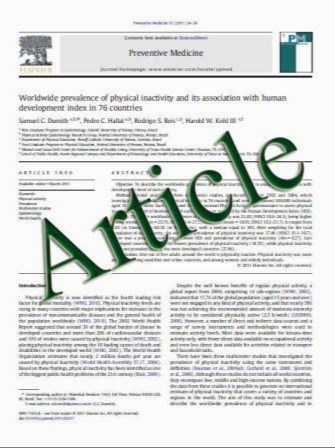How valuable is ductal plate malformation as a predictor of clinical course in postoperative biliary atresia patients?
- نوع فایل : کتاب
- زبان : انگلیسی
- مؤلف : Rumi Arii • Hiroyuki Koga • Atsushi Arakawa • Katsumi Miyahara • Geoffrey J. Lane • Tadaharu Okazaki • Masahiko Urao • Atsuyuki Yamataka
- چاپ و سال / کشور: 2011
Description
Purpose We assessed ductal plate malformation (DPM) as a prognostic factor for mid-/long-term outcome in posthepatoportoenterostomy (HPE) biliary atresia patients. Methods Of 78 cases of HPE performed between 1989 and 2009, biopsy specimens were available for 43. Cytokeratin 19 was used to identify DPM and preoperative status, postoperative serum total bilirubin, time taken to become jaundicefree, duration of jaundice-free period, steroid usage, incidences of cholangitis, bile lakes, and varices, and requirement for reoperation and liver transplantation were compared. Results DPM was detected in 21/43 (48.8%) subjects [DPM-positive (DPM?)]. Differences were identified for maximum postoperative serum total bilirubin: DPM? (12.28 ± 1.00 mg/dL) versus DPM-negative (DPM-) (9.67 ± 0.71 mg/dL) (P\0.05) and total steroid usage: DPM? (98.3 ± 11.8 mg/kg) versus DPM- (83.4 ± 15.9 mg/kg) (P = NS). However, total steroid dose in jaundice-free cases was significantly higher in DPM? [75.3 ± 10.0 mg/kg (n = 14) vs. 48.1 ± 6.4 mg/kg (n = 19); P\0.05)]. There were no differences for complications. Mean duration of follow-upwas significantly shorter for DPM? (60.9 ± 38.4 vs. 113.8 ± 56.9 months; P\0.05). Conclusion Postoperative total bilirubin was higher in DPM? cases, thus higher doses of steroids were required. However, DPM? did not appear to influence the incidence of complications mid-/long-term.
Pediatr Surg Int (2011) 27:275–277 DOI 10.1007/s00383-010-2793-0 Published online: 11 November 2010


